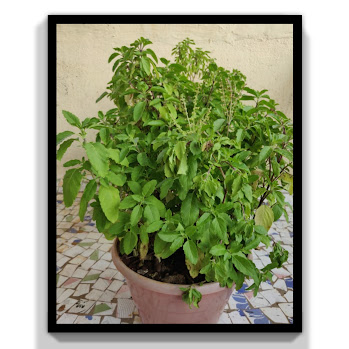How to Care and Propagate: Syngonium

Introduction : Syngonium is commonly called 'Arrowhead' plant because its leaves are sagittate (like an arrowhead) or three cut and mostly variegated. This plant belongs to the Araceae family, native to tropical rainforests in southern Mexico, the West Indies, Central and South America. There are several regular sized and miniature (dwarf) varieties. Syngonium plants are not just decorative, they have the ability to cleanse the air you breathe and act as anti-pollutants. These plants can reduce components of indoor air pollution, even volatile organic compounds such as benzene, formaldehyde, toluene, and xylene. They also reduce airborne microbes and increase humidity. Researchers from NASA and other organizations have approved this plant as an air purifier, and it tops the list. Syngoniums absorb pollutants into their leaves, and the toxins go to the root zone where they are transformed into nutrients for the plant. This plant can be grown on windowsills, in living rooms, be...





